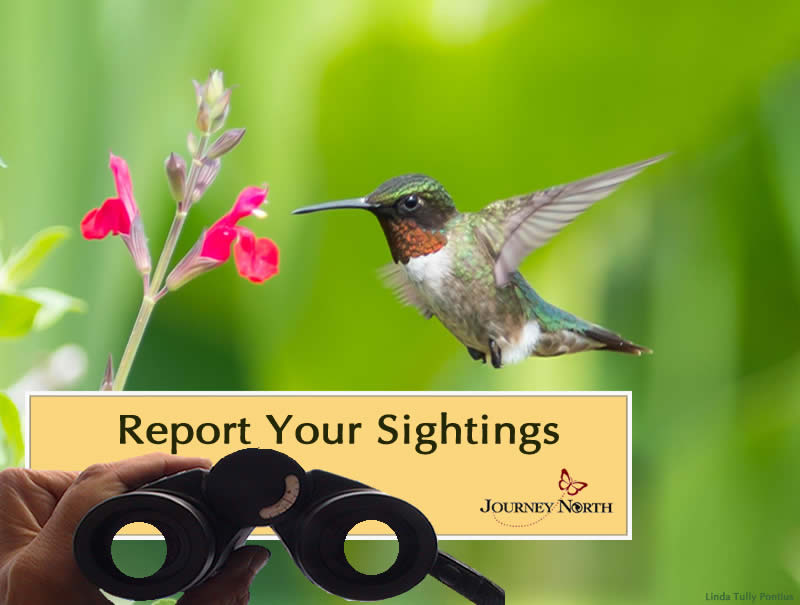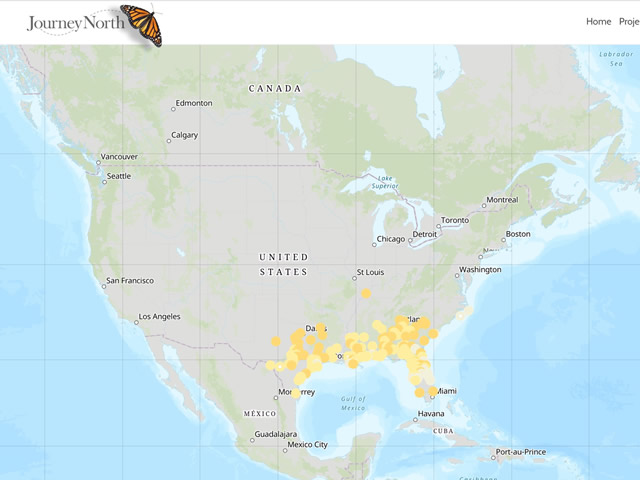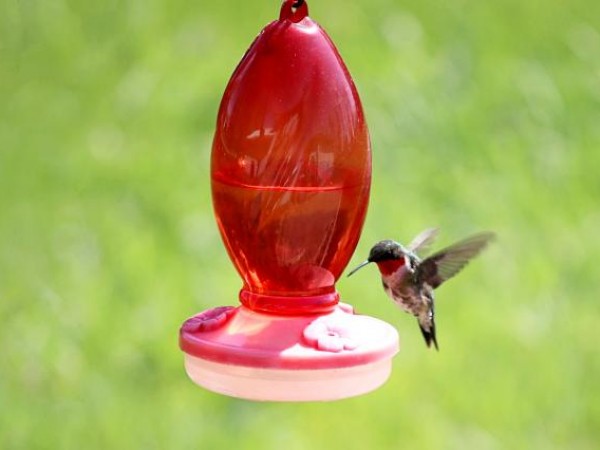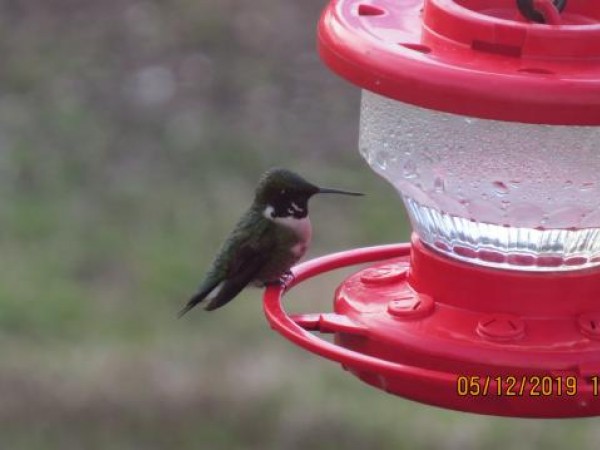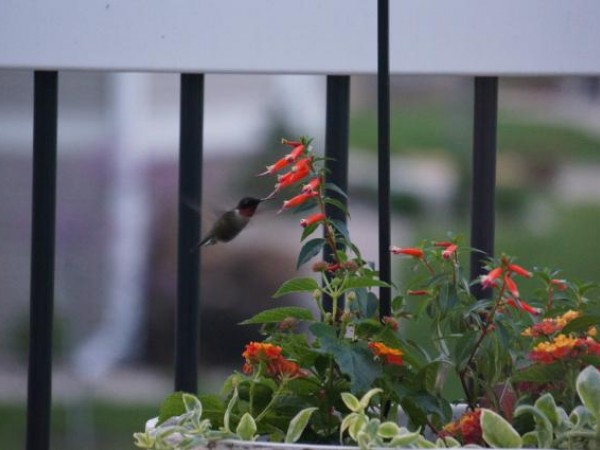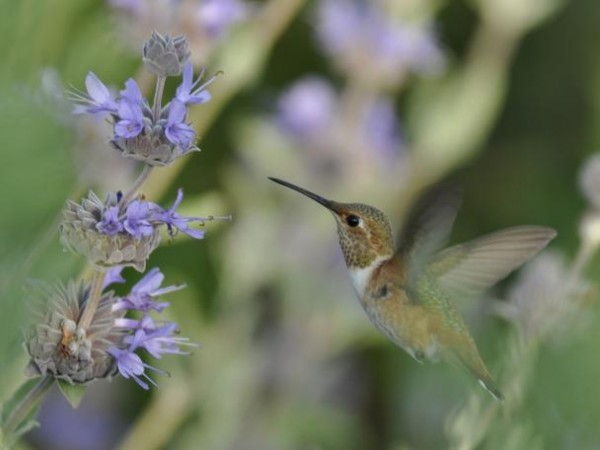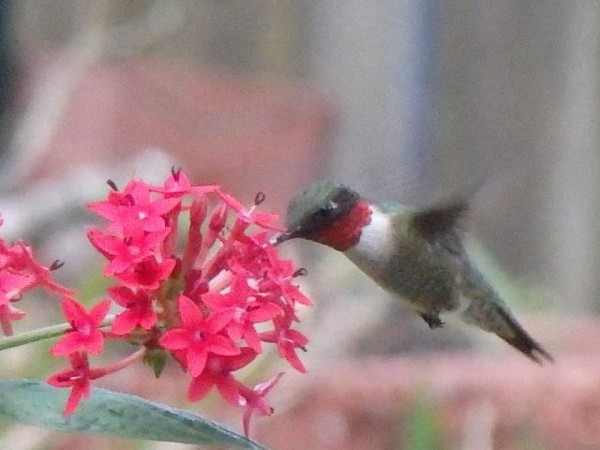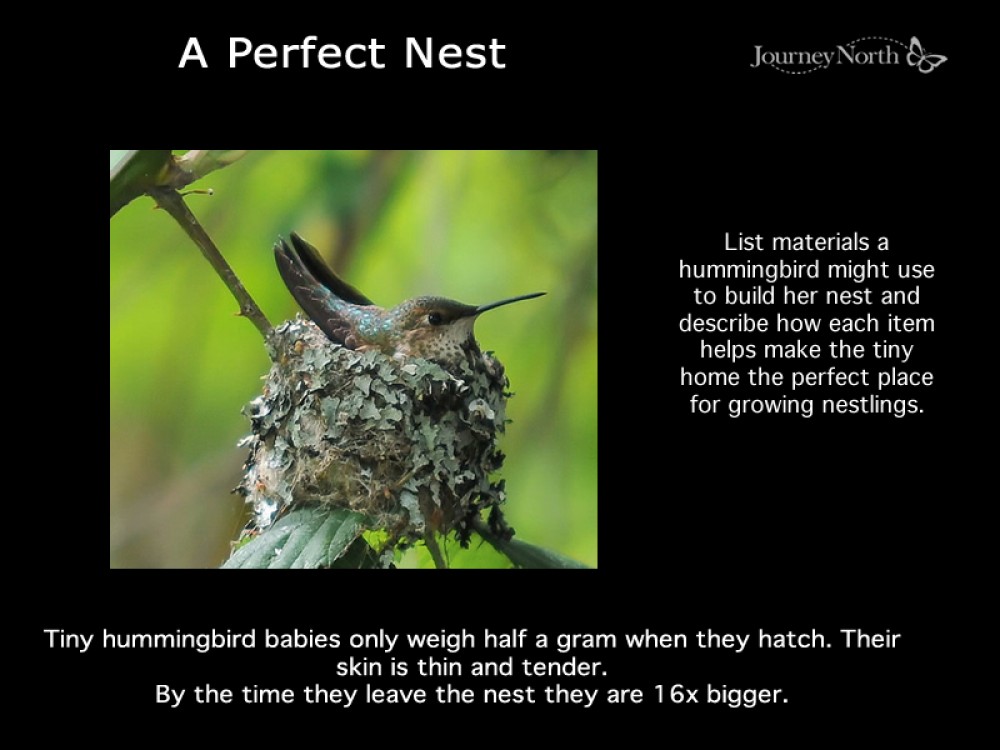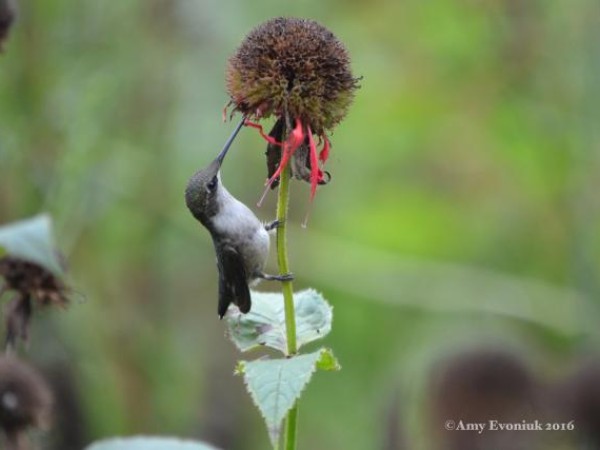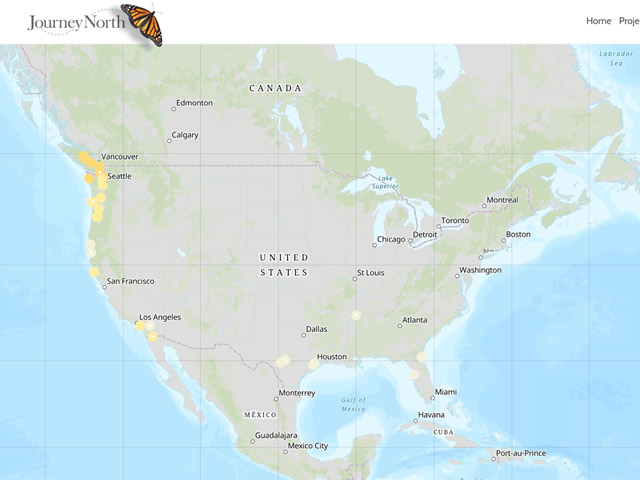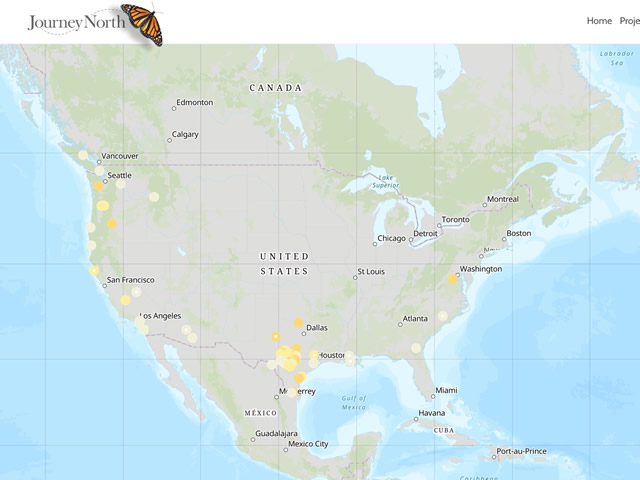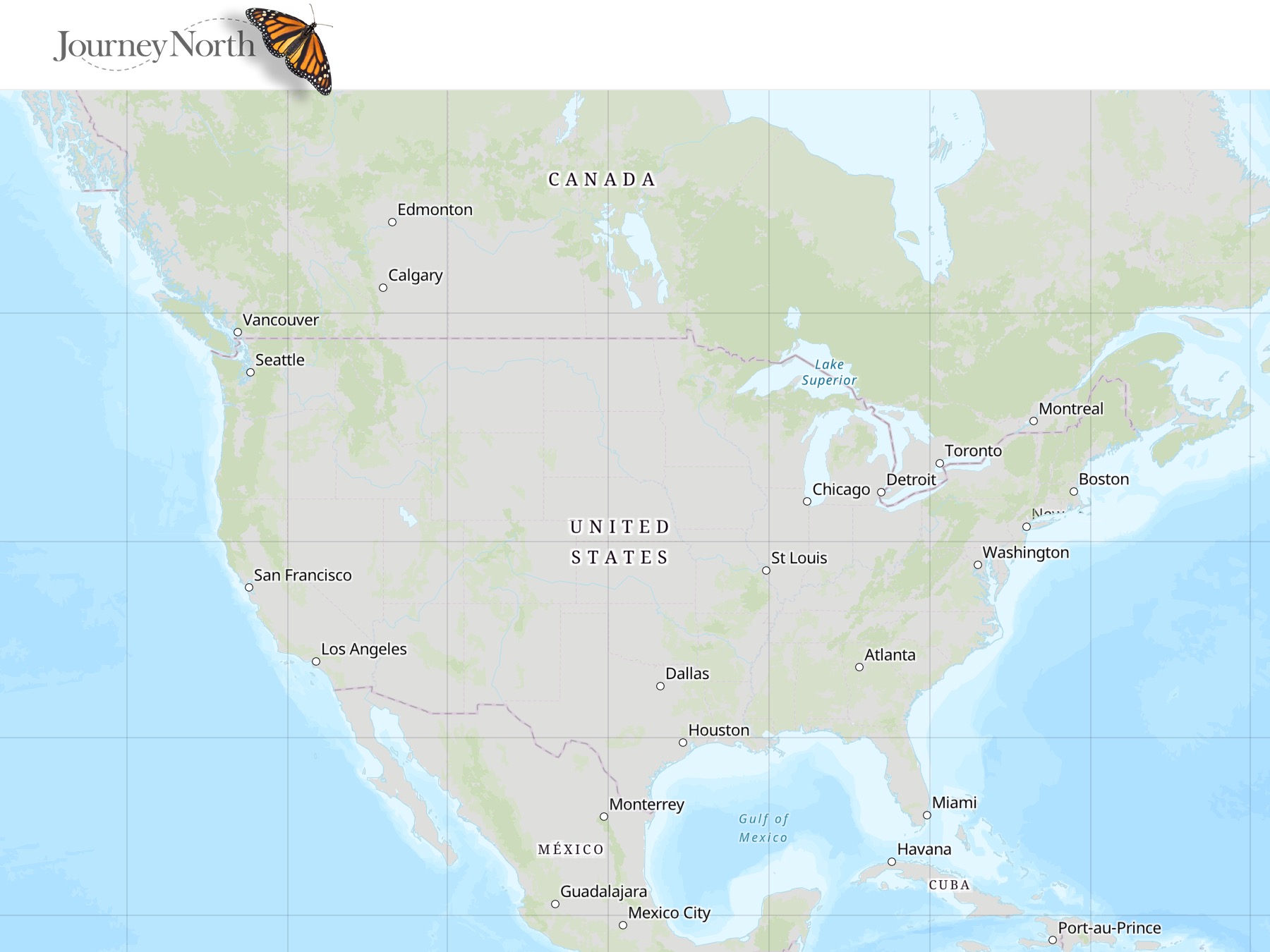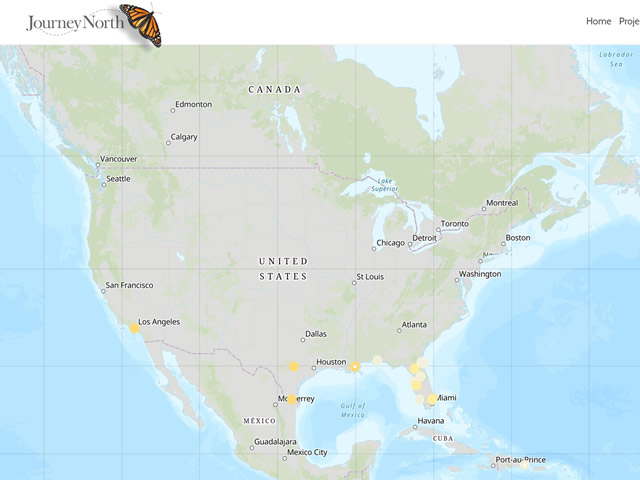Reaching Northern Limits
...and summer breeding grounds!
Reaching Northern Limits
Some hummingbirds have reached their summer breeding grounds. The latest sightings of Ruby-throated and Rufous are coming in from North Dakota on into northern Canada. This is a sign that the spring migration is reaching its northern limits. With each advancing week citizen scientists are sharing first sightings and neighbors are alerted to prepare for their first sighting. A number of sightings have come in from Projet Colibris au Quebec with their farthest northerly report in Baie-Comeau, Quebec.
Observations for Ruby-throated hummingbirds:
From Willow City, ND: Sherry exclaimed, "First sighting of a Ruby-throated Hummingbird." (05/14/2019)
From Rockwood, Manitoba: Alicia saw her "First one at my feeder!" (05/16/2019) more
From Fort Macleod, Alberta: Sheila observed, "A beautiful male Calliope drinking from the feeder several times." (05/12/2019) more
Observations for Rufous and other species of hummingbirds:
From Pincher Creek No 9, Alberta: Christopher saw his "first male and female Rufous of the year. Countless visits to the feeder. (05/10/2019) more
From Prince Georges, British Columbia: Roxana observed and held her first male Rufous hummingbird. (05/10/2019)
From Mckinleyville, CA: Wayne "saw my first [broad-tailed] hummingbird around 5:30 pm...5 days later than last year...so good to see them back." (05/12/2019)
Needing Bugs and Nectar
Many Journey North citizen scientists are submitting information on nectaring behavior.
From Deerfield, WI: Kristy observed that "one male ruby-throated hummingbird made multiple visits to our feeder and our potted plants. Seemed to like the Lantana and Vermillionaire plants." (05/16/2019)
From San Clemente, CA: Kris "observed this Allen's Hummingbird nectaring from flowers in my native garden (Cleveland Sage, Showy Penstemon)." (05/13/2019)
Breeding Behavior
Lucky observers are viewing mating behaviors which, of course, lead to nesting and raising young. Nesting activities require a lot of energy that the female will get from eating small insects and spiders along with nectar from flowers and feeders. During the time a female is on the nest and caring for her young you may not see much activity at your feeders. She is looking mostly for protein sources to feed her rapidly growing babies. After the young birds fledge the nest there will be more activity at your feeder. Use your garden to provide the nectar-rich flowers that are needed for energy throughout the season.
Continue to Report
Please keep reporting hummingbird first arrivals and nectaring behavior as well as mating and nesting behaviors to Journey North.


